When I graduated from teacher’s college, my goal was to teach high school music and history. I wanted to have discussions about the people and choices that shape society, the injustices of the past, and the levers that we have to create change. I spent a year supplying, and then in 2014/2015 I was got a position - much to my surprise - in a grade one classroom, and the following year, in a grade five/six split classroom.
All of a sudden, I was confronted with the daunting task of trying to get those discussions I wanted - but in an elementary school classroom. As I began to learn and think about Facing History’s pedagogical approach and strategies, I realized that incredible opportunities for meaningful discussion could still be had.
This blog will look at how to bring Facing History and Ourselves’ Scope and Sequence into primary division classrooms (grades 1-3).B
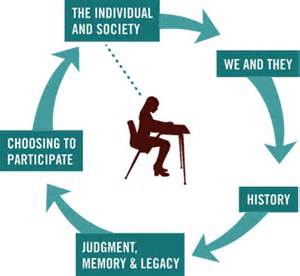
A Facing History course always begins with an examination of individual identity in a social context. Identity charts, in my experience, are possible with any age. In grade one, part of their social studies curriculum includes an “All About Me” unit. This can be a great way for students to find out about themselves and their families and share it with the class. This type of learning can also be a great way to start the year as it allows us to get to know our students, and for students to learn about the diversity and commonalities shared within the classroom.
We and They; History
For primary grades, I weaved the concepts of We and They and History together through read-alouds. Here is a great site to visit for book ideas by topic.
Below are just a few books that I have used in my classroom, or my teaching partners have used to talk about difference, stereotyping, and historical injustice. Click here for a link to the complete categorized list of books.
And Tango Makes Three

Oliver Button is a Sissy
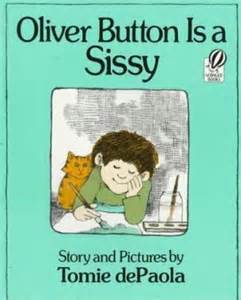
Ian’s Walk
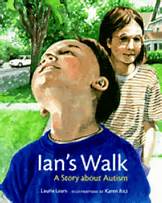
Brothers in Hope
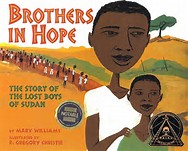
Wangari’s Trees of Peace
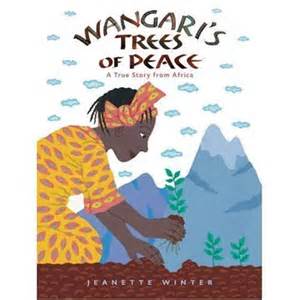
Lily and the Paperman (homelessness k-3)
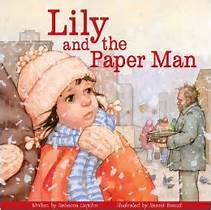
Ben’s Trumpet
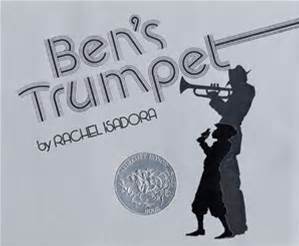
Amik Loves School (K-4)
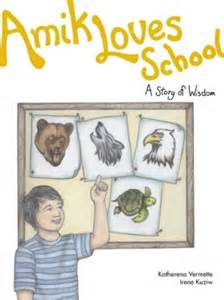
Judgement, Memory, and Legacy
For primary students, these topics can be covered through questioning during read-alouds and written responses.
Some examples of questions you could ask or use as a writing prompt:
- How can we stop unfair treatment from happening?
- Does apologizing make everything better? Do we have to pair any apology with a change in our actions?(This will relate to apologies to friends and family when they upset someone, but sets up conversation around “reconciliation” and how complicated it can be.)
- How can we make sure to be inclusive of all kinds of people?
Choosing To Participate
Here are some other ways to get primary students participating to make a difference:
- A Choosing to Participate project could include learning about the leaders and heroes that have shaped a group's successes (i.e. read a picture book about someone who fought for gay rights, or the environment - like Wangari) and asking students to do projects related to those themes
- “Cultural Carousels” Grade 1-3 classes (t) can form mixed-grade groups to circulate throughout the week to the different classrooms where they learn about a variety of cultures. Around the holiday break in December, the carousel could cover celebrations from around the world. When doing these types of carousels, be sure to cover both the contemporary as well as the historical roots of celebrations and cultures to help students see other cultures as being fluid - both a part of the past, and the present. Try to teach appreciation for the complexity, artistry and achievements of different places,. Your best resource for the information is people in the community.
- Art Projects: create and post up artwork that allows students to see themselves and their identities celebrated in the school. This might include highlighting accomplished artists of various ethnic or national backgrounds and their techniques (it's important we remember that a contemporary African Canadian artist is different than, say a contemporary African or historical African artist)
- Random Acts of Kindness: This can involve the whole school, or just primaries in their classrooms.
- Classroom Promise: Help your class create a promise about how they will treat others, what actions they will take to be a positive role model to others, and what they will do to help others that they see struggling. Post this in your classroom, or in the hallway so that it is always visible.
- Announcements: Recognizing celebrations from around the world that are happening at the time, to highlight and give history for Black History Month, National Aboriginal Day in Canada on June 21, Transgender Awareness Week, Pride Month, Around Remembrance Day to talk about all the different races of soldiers that fought
- Acknowledging Indigenous territory: This can be done every day on the announcements, and at assemblies. As the CAUT Guide states, “Acknowledging territory shows recognition of and respect for Indigenous Peoples. It recognizes their presence both in the past and the present. Recognition and respect are essential elements of establishing healthy, reciprocal relations.”
- Find out when your school board is raising the rainbow flag and have a flag raising for your own school
Strategies for Balancing Truth and Age Appropriateness
Many primary teachers, including myself, often ask “How do I ensure I am not dancing around the “real” history as I make it appropriate for my young learners? How do I find the balance of ensuring I don’t give the students information they are not ready for, and at the same time make sure I am not ignoring the difficult realities of the history?” Some strategies that I have found to work include:
- pairing with other grade teachers in the school to help ensure that every grade receives a further account of the history you start in the primary grades. This will establish that each year, like math or language, students’ knowledge of these histories is developed and complicated.
- establish a staff equity team that brings these ideas and issues up in staff meetings. This makes sure that all teachers are being given information and a safe place to ask questions, get answers, and grapple with how to teach these often sensitive topics. This also helps to create a culture in the school that does not ignore these histories and the responsibilities we have to teach them, while at the same time ensuring age appropriate material.
When students and staff learn more than a “single story” and engage in discussions about the people and choices that shape society, the injustices of the past, and the levers that we have to create change, it opens the door to future interest and questioning.
It can still feel like what you are doing is not enough, I know I have that thought all the time. I think that’s a good thing however. It means you always see places to do more. Always make sure to celebrate the things that you do though, because it is so important and you are making a difference with every conversation.
Questions:
What books have you used to help younger students engage in meaningful discussions about difficult topics?
What challenges do you face when incorporating difficult histories in your primary, junior and intermediate classrooms?
What have you found to be some of the most successful strategies to engage staff and students in elementary schools in meaningful discussions and choose to participate?
